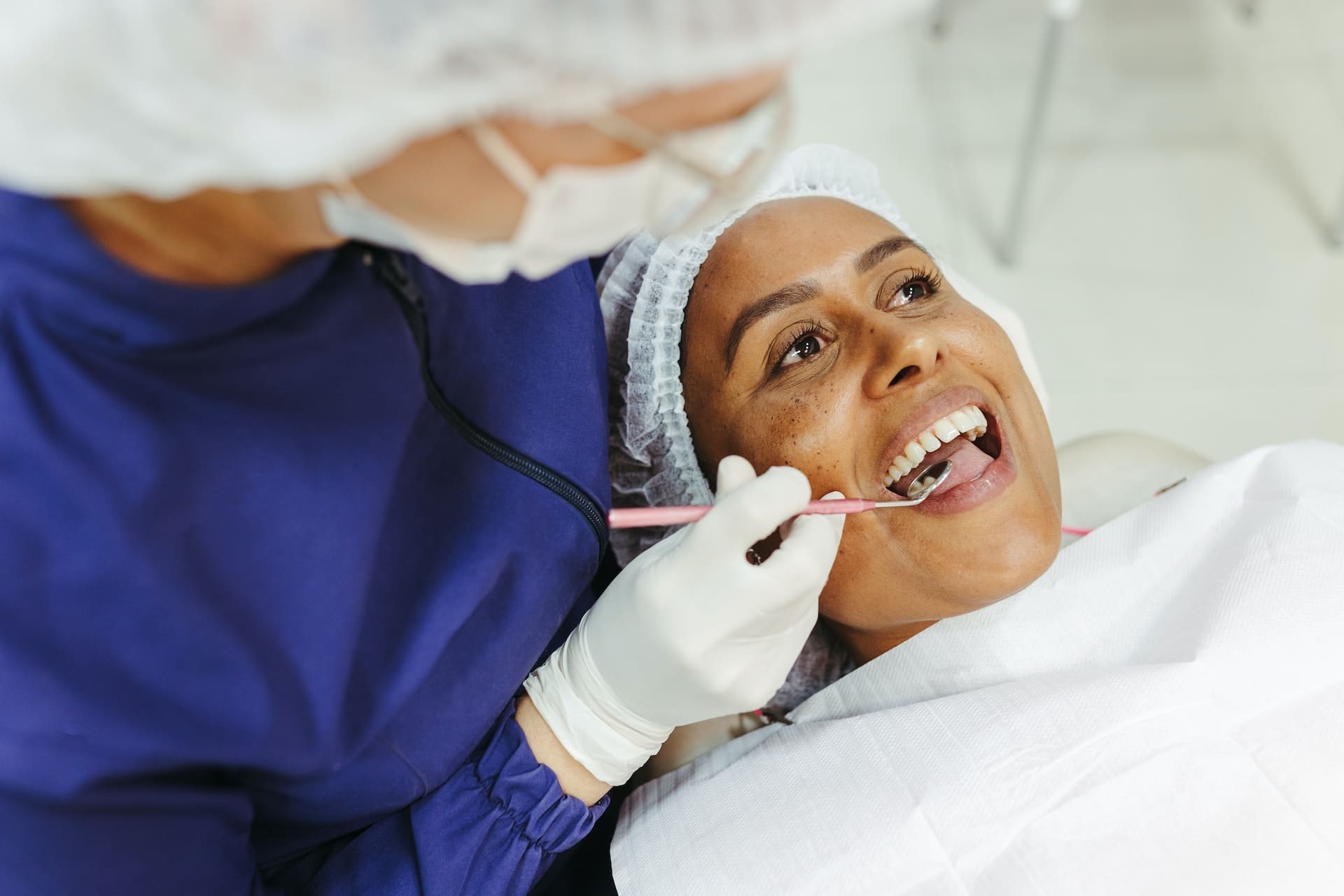How Invisalign Differs from Traditional Braces: A Comparison
Invisalign treatment offers several advantages over traditional metal braces, making them a popular choice among patients seeking a more comfortable and discreet orthodontic solution. Here are the key differences between Invisalign and traditional braces:- Aesthetics: Invisalign aligners are made of clear, medical-grade plastic, making them virtually invisible when worn. In contrast, metal braces are more noticeable due to their brackets and wires.
- Comfort: Invisalign aligners are custom-made and have smooth edges, providing a more comfortable fit. Traditional braces can cause irritation and discomfort due to their metal components.
- Removability: Invisalign aligners can be easily removed for eating, drinking, brushing, and flossing, allowing better dental hygiene and a more enjoyable dining experience than traditional braces, which restrict certain foods.
- Treatment Duration: While treatment duration varies based on individual cases, Invisalign may require a shorter treatment time than traditional metal braces.
The Invisalign Treatment Process: What to Expect
The Invisalign treatment process typically consists of the following steps:- Consultation and Evaluation: During your initial appointment, your dental professional will discuss your dental goals, evaluate your orthodontic needs, and determine if Invisalign is suitable for your case.
- Digital Impressions and Treatment Plan: If you are deemed a suitable candidate, digital scans or impressions will be taken of your teeth to create a detailed 3D model. Your dental professional will create a customized treatment plan based on this model and provide an estimated treatment duration.
- Receiving Your Custom Aligners: You will receive a series of custom-made Invisalign aligners, each designed to gently and gradually shift your teeth into the desired position.
- Progress and Aligner Changes: You will typically wear each set of aligners for one to two weeks before switching to the next set in the series. Consistent, 20-22 hours daily wear is essential to achieve the desired results. Regular check-ups, every six to eight weeks, will ensure progress and address any concerns.
- Maintenance and Retention: Once your treatment is complete, a custom-made retainer may be required to maintain your new smile and prevent teeth from shifting back to their original position.
Determining Candidacy: Is Invisalign Right for You?
Invisalign treatment is effective for a wide range of orthodontic issues, such as crowding, spacing, overbite, underbite, crossbite, and open bite. However, certain factors will help determine if Invisalign is the right solution for your specific case:- Severity of Orthodontic Issues: While Invisalign can treat a variety of mild to moderate orthodontic issues, more severe cases may require traditional braces or alternative treatments.
- Age Requirements: Invisalign is suitable for both adults and teenagers with fully erupted permanent teeth. It is not recommended for young children due to their still-developing dental structure.
- Discipline and Compliance: The success of Invisalign treatment depends on the patient’s commitment to wearing the aligners consistently for the recommended 20-22 hours per day.
Caring for Your Invisalign Aligners: Tips for Optimal Results
Proper care and maintenance of your Invisalign aligners will ensure the success and efficiency of your treatment:- Cleaning and Maintenance: Carefully clean your aligners daily with a soft-bristle toothbrush and mild soap or a specially designed Invisalign cleaning system to remove bacteria and prevent discoloration.
- Safe Storage: When not in use, store your aligners in their provided protective case to prevent damage or loss.
- Oral Hygiene: Maintain good oral hygiene, including brushing and flossing after meals, to keep your teeth and aligners clean during treatment.


